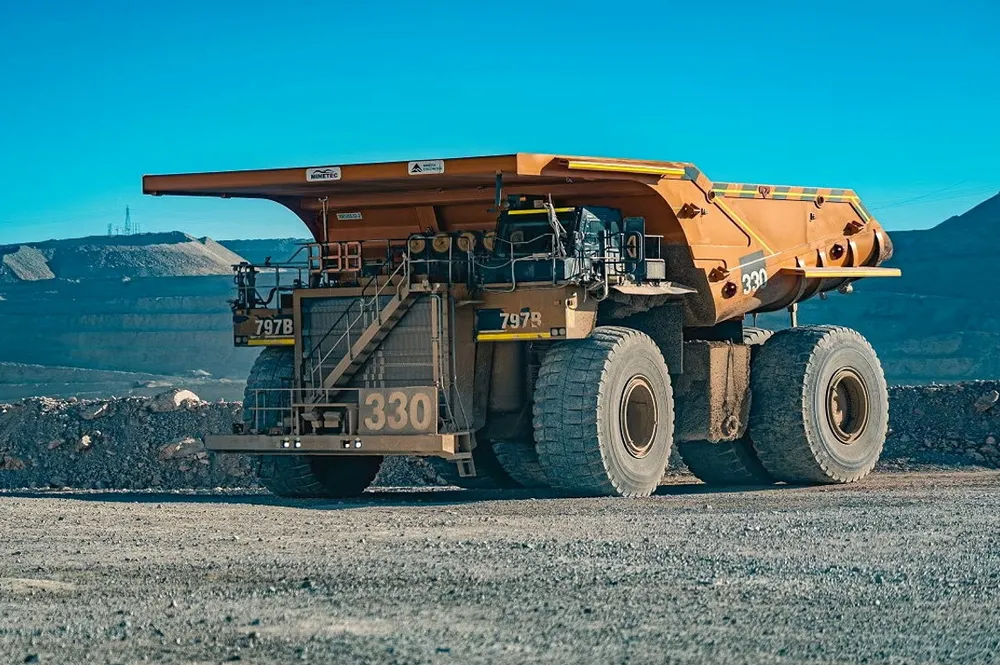'More economic and more achievable' | Third mining giant opts for battery-electric over hydrogen in its vehicles
BHP joins Fortescue and Rio Tinto in prioritising batteries due to efficiency losses when using green H2

BHP joins Fortescue and Rio Tinto in prioritising batteries due to efficiency losses when using green H2
